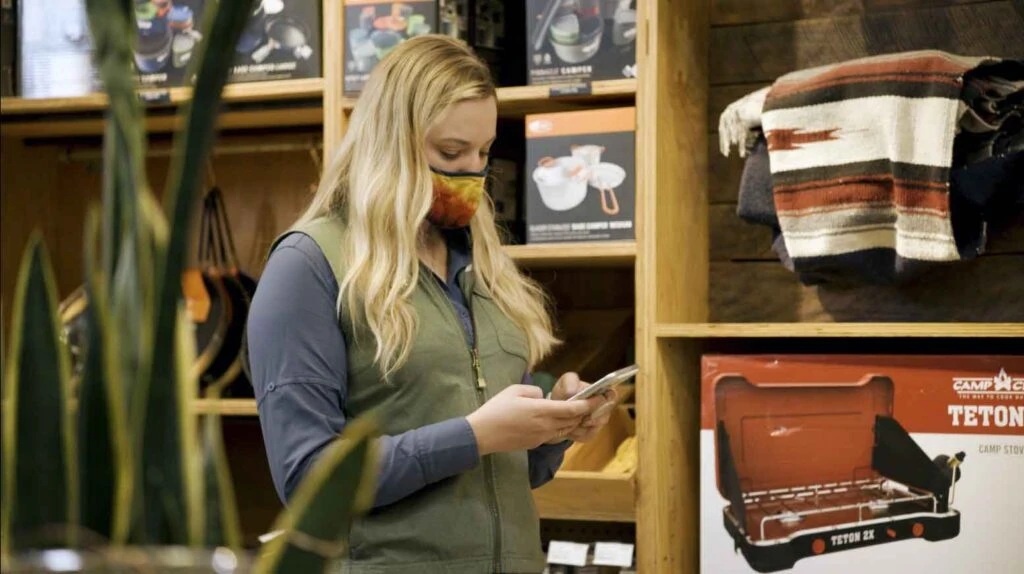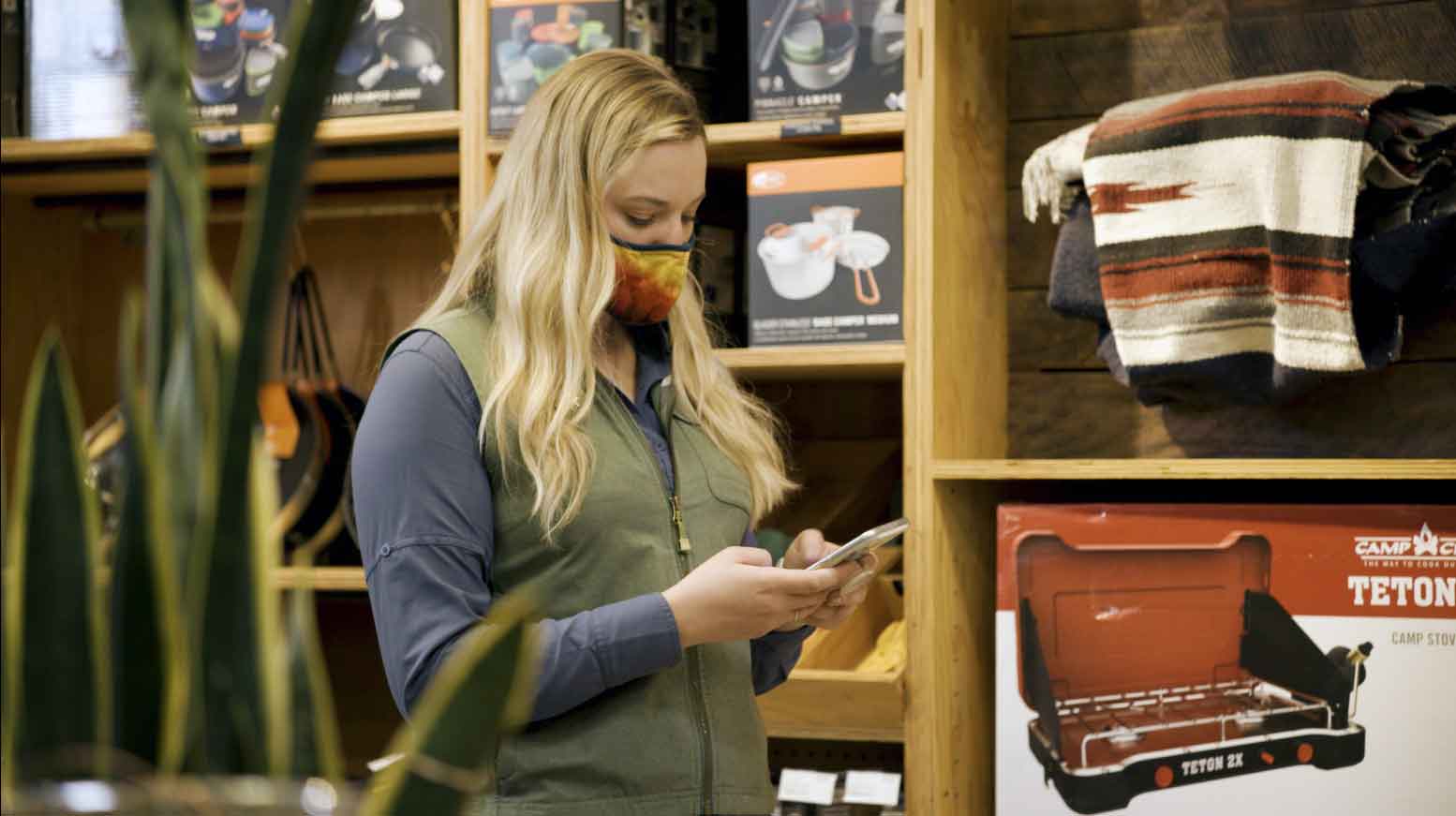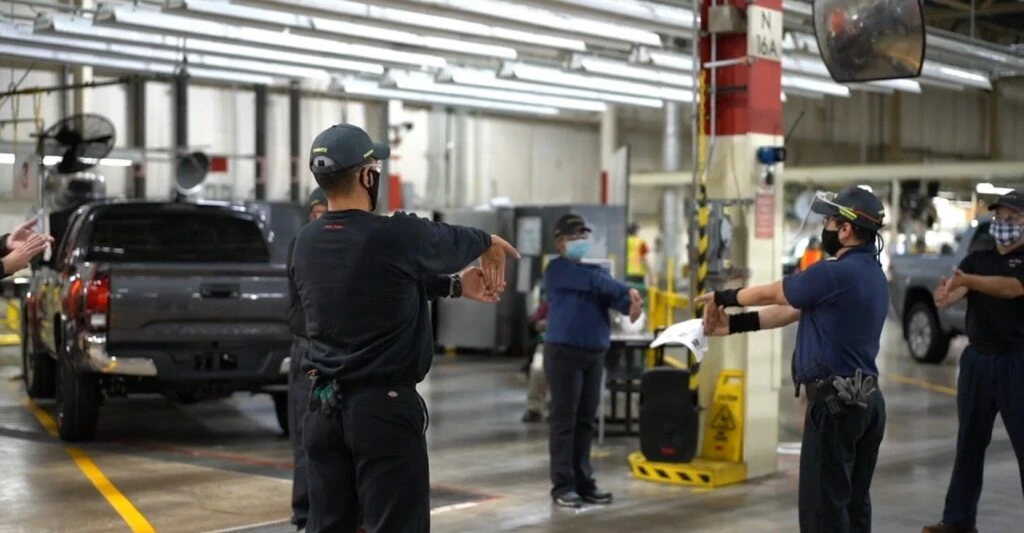
Inspire your frontline workers and elevate your employee experience
 The more you empower these workers with technology to help them stay engaged across your organization, while also enabling them to better serve your customers or complete specific jobs, the bigger the impact they are likely to have on your business and organizational goals.
The more you empower these workers with technology to help them stay engaged across your organization, while also enabling them to better serve your customers or complete specific jobs, the bigger the impact they are likely to have on your business and organizational goals.
Our recent Work Trend Index Special Report, “Technology Can Help Unlock a New Future for Frontline Workers,” supports these ideas with survey data from frontline workers. This report reveals important insights about what they think about how their work has evolved, the role of technology in that evolution, as well as their desire to upskill and learn.
In reviewing the report, I noted three key areas where investments in technology can have a significant impact for frontline workers:
- Engaging with your customers.
- Participating in your company culture.
- Easily accessing training to grow their skills.
Let us take a closer look at each of these topics, with a couple of real-world examples of how Microsoft customers in retail and manufacturing are using Teams and Viva to address them.
Evolving the customer experience
REI Co-op is a great example of a retailer who has used technology to have a significant impact on its customer experience. Before the pandemic, the company’s “green vests,” as its sales employees are called, built strong customer relationships through the expert knowledge they provide. When the pandemic changed the way people shopped, REI used Teams to launch virtual outfitting to bring green vests and customers together in a digital shopping session.
While technology has driven the evolution of the retail industry, the actual frontline retail experience has remained surprisingly low-tech. That is an opportunity, and it means that the brands that invest in their frontline workers’ experience are also investing in how that experience impacts customers. By empowering its frontline employees, REI was able to adapt to customer needs in a way that helped maintain its competitive strength.

Building an inclusive culture
Since 2001, The Toyota Way has guided the company’s management approach, which is based on the kaizen workplace philosophy, and emphasizes the principles of respect for people and continuous improvement. With digital tools like Teams and Viva Connections, which feel like a natural extension of kaizen, Toyota employees cultivate teamwork in a way that is gradually improving everyday procedures while increasing their sense of inclusiveness and engagement,. These tools also became the go-to platforms that supported a smooth transition when Toyota first had to close its manufacturing facilities, then move forward with reopening them safely, all while its office-based employees worked from home.
Connecting your factory floor to resources across the company and communicating with them through location and role-specific messages is difficult when your workforce is in different geographical locations. These challenges can lead to a significant loss in productivity, as well as issues creating a culture that attracts and retains skilled employees. Companies like Toyota are finding exciting new ways to empower employees to meet these challenges by embracing technology that is a good fit with their business as well as their culture.
Prioritize and modernize training
Keeping the skills of your entire workforce up-to-date, as well as quickly onboarding new employees, has become even more challenging in our hybrid world. When I talk with customers, I hear about the blend of different in-person and e-learning training sessions they rely on from a variety of providers and services. Even before the COVID-19 health crisis, it was complicated for frontline workers to know when and where they needed to take required training throughout the year, as well as for our customers to track all the training records for compliance.
When we developed Viva Learning, we looked at these challenges from both the employer and employee perspective to develop a solution that both delivered learning content and made it easier to manage employee records through learning management system (LMS) integrations. The LMS assignment feature enables corporate employees to assign training and learnings from partner solutions like SAP SuccessFactors, Cornerstone OnDemand, and Saba Cloud so that workers can easily access these assigned learnings on any device through Teams.
Update and restart
I hope these examples help illustrate the important connection between your frontline employee experience and your bottom line. Last month, our Washington State facilities and Microsoft headquarters fully reopened to employees, visitors, and guests after two years. To lead into our next chapter of our hybrid workplace, I will be having conversations with my team about their preferred way of working and how technology can help. If you would like to evaluate your organizational readiness to deliver a great employee experience, consider taking our five-minute Workforce Test to help you prioritize technology investments that address key strengths and gaps for your organization.




